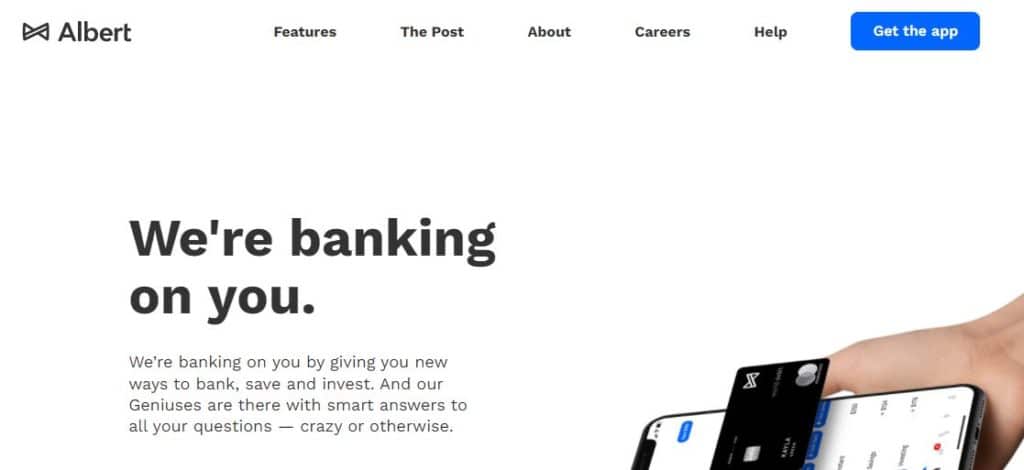If you grew up when financial technology was in its pre-development stage, your view of budgeting might resonate with this familiar scene: thick account books, calculators, scattered files for receipt collections, and numbers scribbled across pages. This imagery may have triggered some emotions and physical states. Let’s name them—exhaustion, stress, and possibly even anxiety about getting the numbers wrong. Doesn’t sound quick, fun, or easy, does it?

Fast-forward to now, fintech has actually grown past its pre-development phase. There are online budgeting apps that provide tangible resources, tools, and tricks that can help people create their personal or household budgets without investing a lot of time and mental bandwidth. Below are some practical tips outlining the different ways in which such tools can be used to budget efficiently:
1. Setting up automatic expense tracking:
The foundation of efficient budgeting lies in knowing where your money goes. A modern budgeting app can connect directly to your bank accounts and cards to automatically capture digital transactions as they happen. This eliminates the tedious task of manual entry and provides real-time visibility into spending patterns. Most apps can even recognize recurring expenses and flag unusual spending, making it easier to spot potential issues before they become problems.
2. Defining the categories:
Once the transactions are tracked, what’s left is their meaningful organization. While traditional budgeting involves creating dozens of specific categories on paper, modern apps allow for a more flexible and intuitive approach. Smart apps can automatically detect the type of transaction and put it under a specific category without manual action. Nonetheless, it may be useful to start with a one-time setup or review of your expense categories. For instance, you could start with broad categories like ‘Essential Bills’, ‘Transportation,’ ‘Food,’ and ‘Entertainment.’ Unlike traditional paper-based budgeting, digital budgeting would allow you to refine these categories and their respective contents as you better understand your money saving and spending patterns.
3. Setting up reminders and schedules:
With the basics in place, the next thing to do is to automate the maintenance of your budget. Instead of constantly checking the bank account or expense categories, you could set up reminders and schedules. Some apps can be configured to alert you about upcoming bills, unusual spending patterns, or when you’re approaching category limits. A well-configured reminder system would act like a reliable financial assistant that nudges you when required. Further, some banking integrations may allow for the scheduling of recurring payments, decreasing the number of nudges that you would have to acknowledge to get things done. Ultimately, you would be left with more time and mental bandwidth to focus on other tasks than financial management.
To sum it up, while financial technology is a catalyst for streamlining budgeting, desired results can’t be achieved without smart usage of the available resources. Automatic expense tracking, payment scheduling, and categorizing are some practical tips that can be exercised in budgeting apps, like Rocket Money, to budget effectively in less time. The elimination of manual and routine information feeding can free up time and energy for other important tasks in life.